[Modern Art Series] Surrealism – Chapter 7
Surrealism found its levitating name almost as spontaneously as Dadaism, the only difference was that unlike Dadaism, the term Surrealism possessed an actual meaning: "above realism".
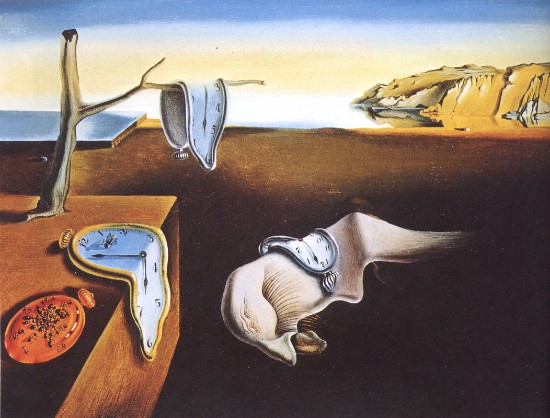
Salvador Dalí, The Persistence of Memory, 1931. Oil on canvas, 24.1 x 33 cm.
The inventor of the term was Guillaume Apollinaire, poet idol of the young avant-garde generation in early 20th century.
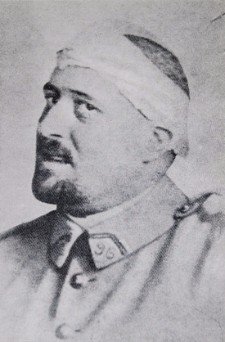
Guillaume Apollinaire - Photo of the poet after he went to war in 1915.
Apollinaire said that he did not want to imitate nature, he was aiming to be above its replication.

Guillaume Apollinaire Poem in 1915.
Apollinaire's work encouraged the ambition of many generations of creative artists that followed him. It is after being exposed to Appolinaire's poems that artists attempted to go outside the framework of the visible world and created art that described beyond what the eye could see.

Guillaume Apollinaire Poem.
At the beginning, Surrealism, like Dadaism before it, manifested itself in literature.
André Breton, the French writer and poet converted from Dadaism gibberish to the more meaningful Surrealist movement. He channeled his energy and almost maniac passion to lead his former friends into achieving what they tried to accomplish in their previous endeavors.
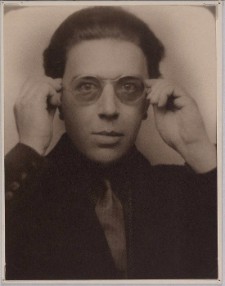
André Breton
Surrealists rejected everything in art that was connected to realism. Breton tried so hard to destroy the classics and joined forces with the fresh Surrealist members hoping to have a better chance in achieving that mission.
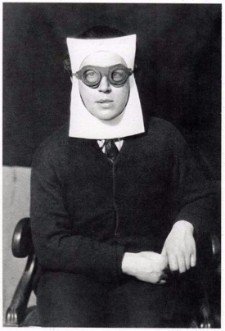
Andre Breton, 1930 - Photo by Man Ray
For André Breton, Surrealism is a "means of total liberation of the mind and of everything in common with it"; Surrealism was not a poetic form to him anymore. It became a cry of the mind.
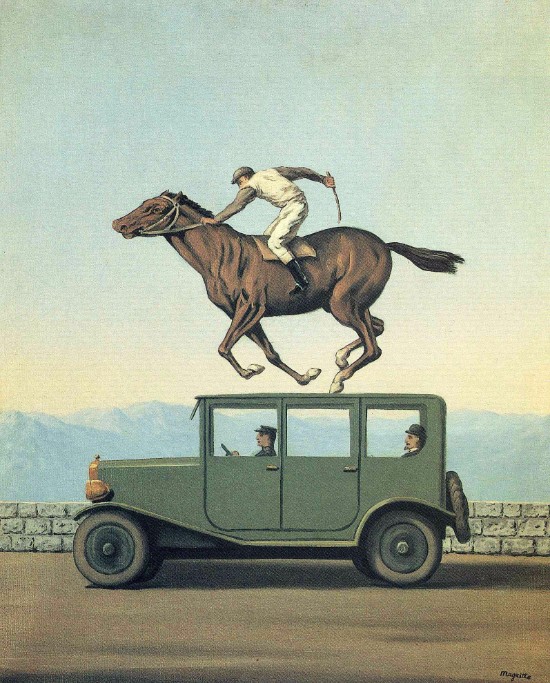
René Magritte, The Anger-of Gods, 1960.
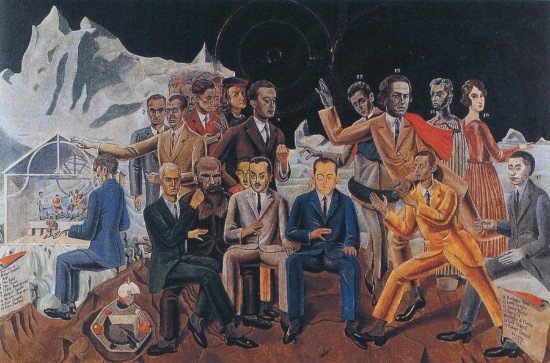
Max Ernst, A Friends Reunion, 1922.
In 1925 the first joint exhibition of Surrealist painting was held in Paris. The featured artists were Giorgio de Chirico, Jean Arp, Max Ernst, Paul Klee, Man Ray, Joan Miró, Pablo Picasso and Pierre Roy. They were later reinforced by incomers from other countries such as René Magritte from Belgium in 1928 and a then unknown artist from Spain in 1929 named Salvador Dalí.
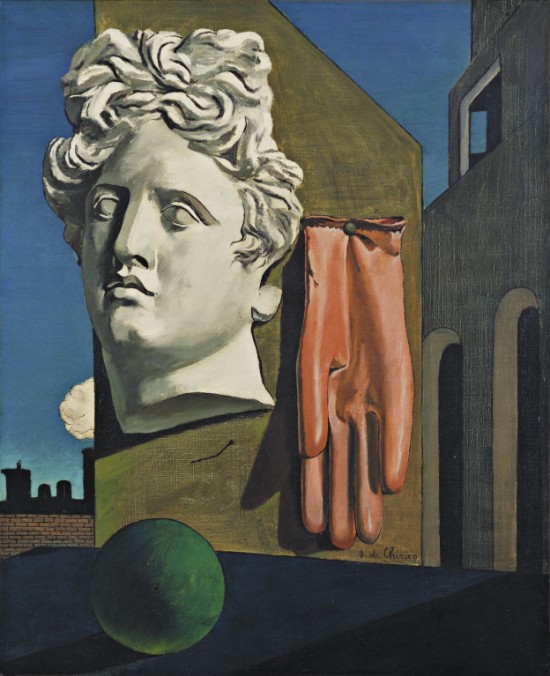
Giorgio De Chirico, The Song of Love, 1914, Oil on canvas, 73 × 59.1 cm.

Jean Arp, Overturned Blue Shoe with Two Heels Under a Black Vault, c.1925. Painted Wood, 79.3 x 104.6 cm.

Max Ernst, L'Ange du foyer or the Triumph of Surrealism, 1937. Oil on canvas. 146 x 114 cm.
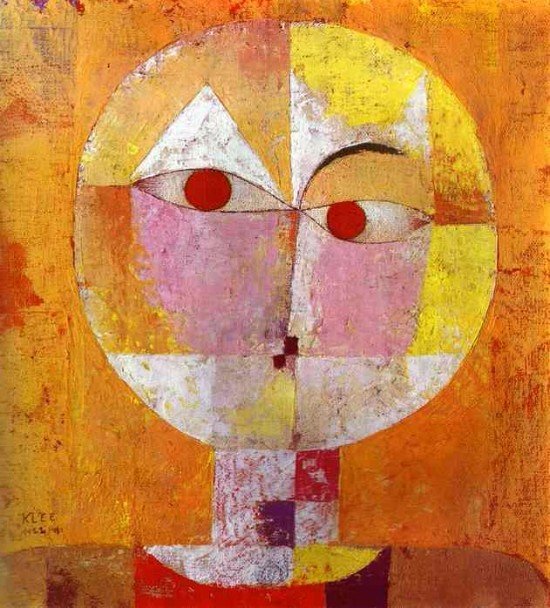
Paul Klee, Senecio, 1922. Oil on gauze. 60 x 62 cm.
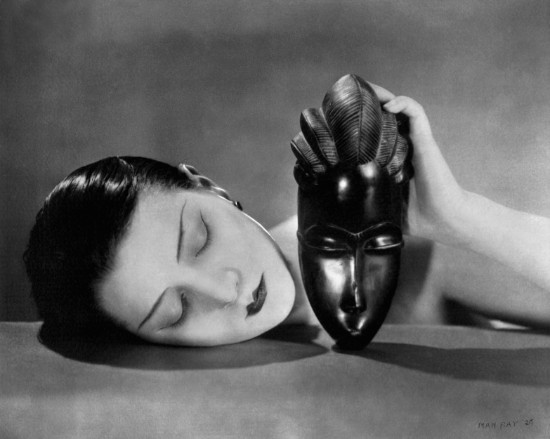
Man Ray, Black and White, 1926, Gelatin Silver Print, 18 x 23.5 cm.
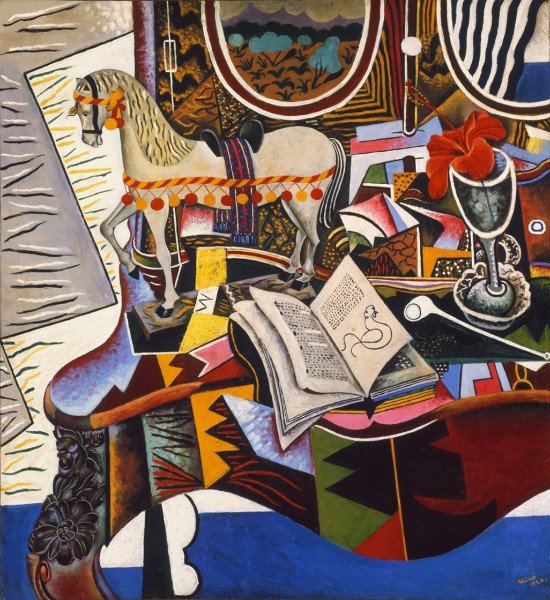
Joan Miró, Horse, Pipe and Red Flower, 1920. Oil on canvas, 82.6 x 74.9 cm.
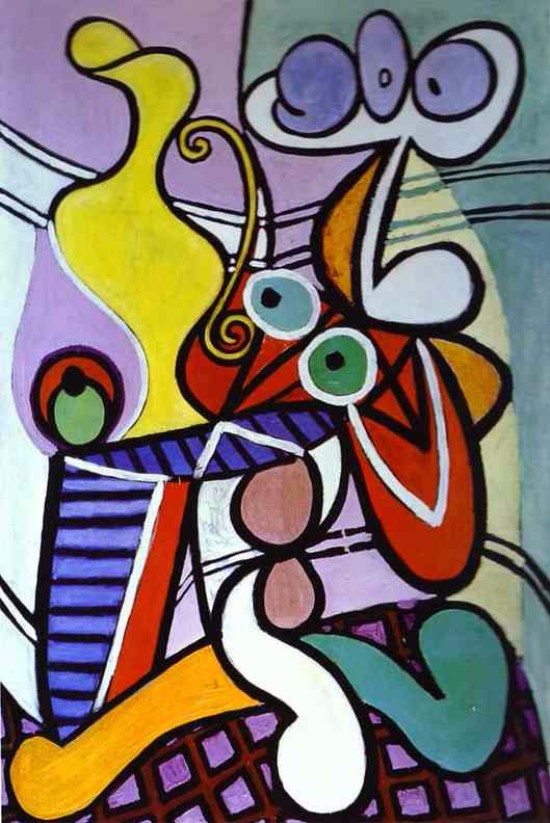
Pablo Picasso, Nude and Still Life, 1931. Oil on canvas, 130.5 x 195 cm.

Pierre Roy, Still Life with Bottles and Breton Bonnets, c.1924. 120.5 cm x 89.6 cm.
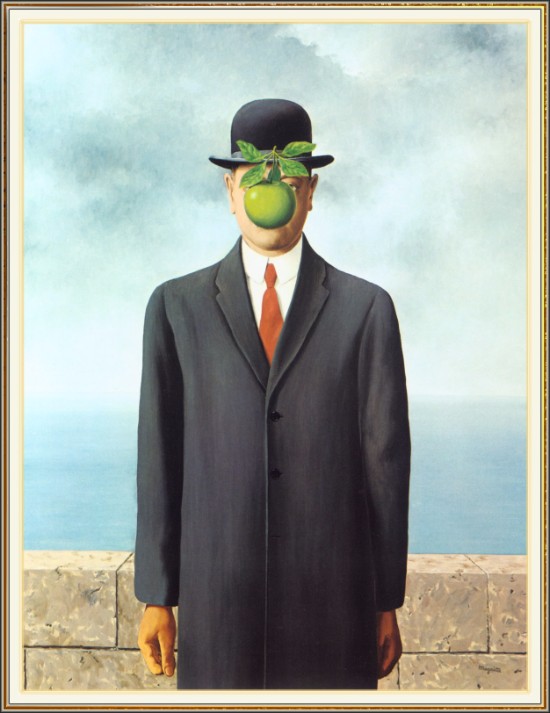
René Magritte, The Son of Man, 1964. Oil on canvas, 116 x 89 cm.
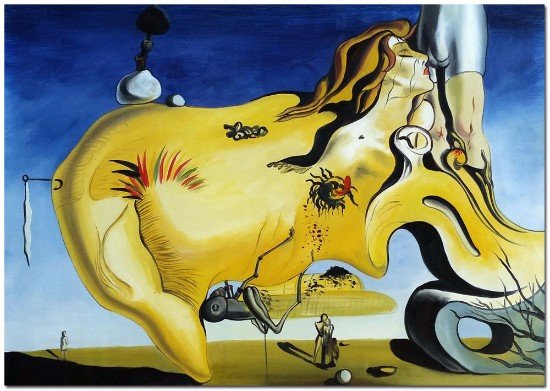
Salvador Dalí, The Great Masturbator, 1929. Oil on canvas, 110 x 150 cm.
At the beginning of the twentieth century, the political events in Europe were bound to be reflected in the movement.
The Russian revolution in 1920s with Lenin and Trotsky's writings provoked a wave of unrest that hit the whole of Europe as a result and led heated polemics not only towards other groups of intellectuals in Paris but also between the Surrealists themselves.
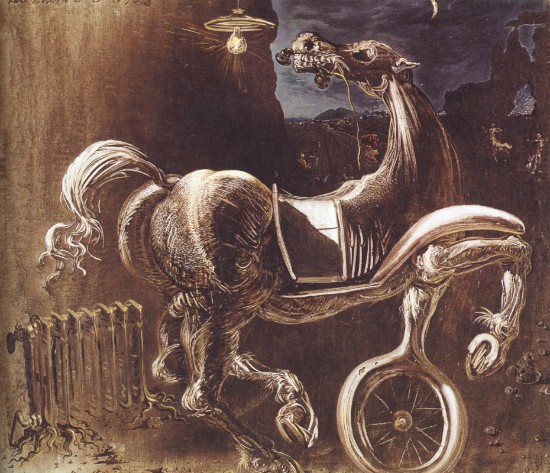
Salvador Dalí, Debris of an Automobile Giving Birth to a Blind Horse Biting a Telephone, 1938.
By the mid-1930s, the Surrealist had arrived at a state of division where visual artists separated from the literary section of the movement.
It is after that separation from the Surrealist literates that Surrealist visual artists like Salvator Dalí and René Magritte conquered the international art world.

René Magritte, The Treason of Images (This is not a pipe), 1952-1953. Gouache on paper, 14 x 16.5 cm.
In fact, during World War II, most Surrealist artists and writers in Europe who opposed Fascism and Nazism fled to North America. The art community in New York City quickly embraced Surrealist idealism and their artists who gave an imagery to dreams and the subconscious.
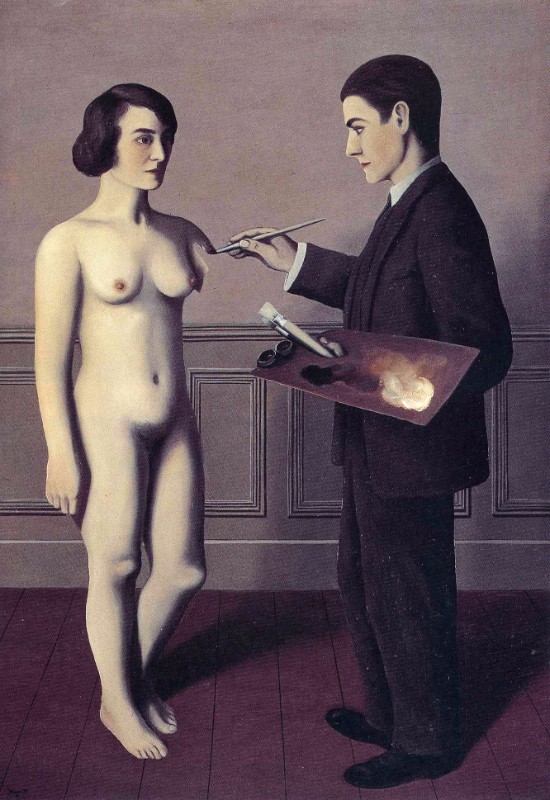
René Magritte, Attempting the Impossible, 1928. Oil on canvas, 116 x 81.1 cm.
Surrealists combined the science of psyche with some of the Expressionist spirituality and added centuries of European romanticism to clear up Dadaism irrational bitterness.
And it is with the heritage of all the preceding Modern Art movements that the Surrealists became a voice for optimism and spread the belief that a new better world could be realized.
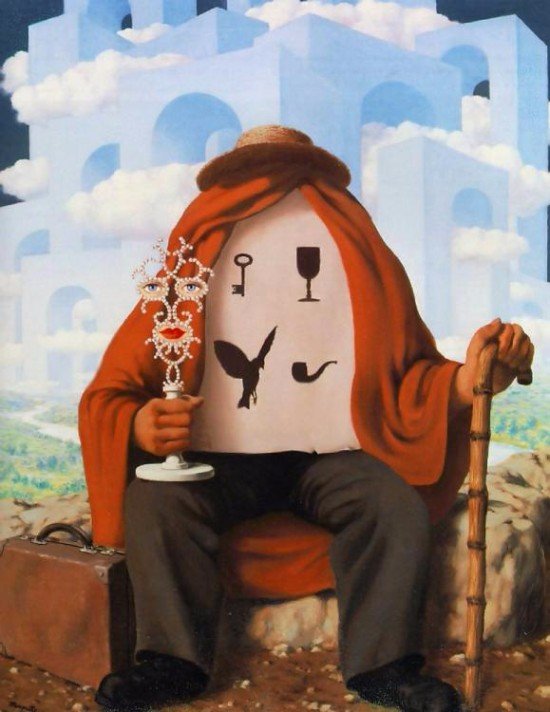
René Magritte, The Liberator, 1947. Oil on canvas, 99.1 x 78.7 cm.
Follow me for more on this Modern Art series.
https://steemit.com/@achraf7b
References & Additional Resources:

I luke.. Mazing, follow me @iskanultaufik